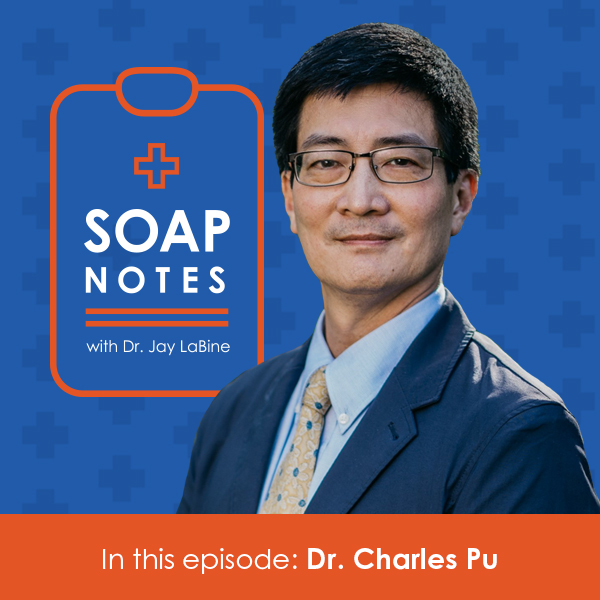Discharge from the hospital after surgery, injury or serious illness is typically not the end of a patient’s health care journey. Post-acute care (PAC) can be essential to recovery from — or management of — the underlying condition that led to hospitalization in the first place. But this transition is where decisions often become complicated, especially for seniors.
Common questions that need to be addressed as part of the care transition include: What setting is best suited for the patient to receive the appropriate level of care resulting in the best possible outcome? Is it a long-term care hospital? An inpatient rehabilitation facility? A skilled nursing facility? The patient’s home?
The answer varies by patient. Providers that frequently struggle with this question may be suffering from the absence of a high-performing PAC network. In this blog post, we will explore the hurdles facing providers in their quest to find the right PAC settings for their patients. We’ll also look at the value of a high-performing network, as well as what it takes to create one.
A tall order: Better quality at a lower cost
PAC accounts for more than $2.7 trillion in spending on personal health care and almost 15% of total Medicare spending, according to the American Hospital Association (AHA). Successfully executed, such coordination helps providers navigate and overcome a range of hurdles, including:

- The worker shortage – An inadequate supply of workers has often forced seniors to wait months for home health care. A National Public Radio report cataloged causes including inadequate state and federal reimbursement rates. Medicare doesn’t cover long-term home care; and Medicaid imposes limits on home-based services, with eligibility and benefits varying by state. These issues are not new, the report pointed out, quoting the conclusion of a 2001 report from the Urban Institute and Robert Wood Johnson Foundation: “Low wages and benefits, hard working conditions, heavy workloads, and a job that has been stigmatized by society make worker recruitment and retention difficult.” Two decades later, the struggles continue.
- Limits on new admissions at some nursing homes – Staffing shortages have been the prime cause of admission limits. A September 2021 survey of 1,183 nursing home and assisted living providers by the American Health Care Association and National Center of Assisted Living (AHCA/NCAL) found that nearly all were asking staff to work overtime or extra shifts and that more than half were limiting new admissions.
- COVID-19 – It’s hard to overstate the impact of the coronavirus on health care in general and specifically on the senior population. With COVID-19 variants running rampant in the United States, and more research being conducted regarding long-COVID symptoms among seniors, providers must be vigilant in addressing these effects.
Additional challenges are posed by seniors’ overwhelming desire to receive care at home. Many providers haven’t been able to keep up with the demand. While Programs of All-Inclusive Care for the Elderly (PACE) has shown promise in this area, it faces its own challenges, such as regulations and limits that have created long waiting lists; gaps between Medicaid eligibility and the expense of long-term home-based care; low pay and worker shortages; states that have not shifted Medicaid spending toward home care; and a lack of awareness about available programs.

For more on the importance of choosing the right care setting for your post-acute care needs, click here to listen to Dr. Charles Pu, Medical Director at Mass General Brigham Center for Population Health, on the SOAP Notes podcast.
The role of health systems and the value of PAC management
Enabling seniors to live a more fulfilling life means providing a better, more personalized health care experience through a combination of dedicated people and innovative technology. Many provider organizations and health plans will need the expertise of a trusted partner (or partners) as they strive to meet the ever-changing health demands of an older population.

Healthcare Financial Management Association (HFMA) says that health systems are in a strong position to improve the overall value of PAC because:
- They are the main source of PAC referrals.
- Their clinical capabilities enable them to direct patients to the lowest-cost, highest-quality care setting appropriate to each patient’s unique condition.
- Their role, which includes network development and contracting, is central to the organization of service offerings.
Health systems need to be proactive in creating a successful PAC network for a number of reasons. Working within a high performing network means better outcomes reduced readmission rates and reduced overall costs. HFMA has identified four critical planning activities in the development and operations of such a network: market assessment, network evaluation, network design and consideration of strategic alignment operations.
Achieving a high-performing PAC network
If a PAC management program is to enhance quality, cost-effectiveness and — most importantly — health outcomes, it must decrease the unnecessary use of skilled nursing facilities (SNFs) and reduce preventable readmissions.

The key to successful PAC management is the use of extensive patient data along with assessment tools to develop a custom PAC plan for each patient. This enables physicians and case managers to make evidence-based decisions on the optimal discharge plan based on a patient’s unique medical condition and functional needs. Timely, relevant data should guide the establishment of real, measurable goals on SNF utilization and patient outcomes. Regular meetings with providers offer information and education on expectations and how to achieve them. Such an approach ensures that patients are discharged to the most appropriate PAC setting, increases the quality of care, improves patient satisfaction, reduces readmissions and, when possible, helps patients return home faster without a decline in quality.
But in order to achieve a high-performing network, it starts from the top down. Health system executives need to buy in to improving their PAC network and engaging in as many facilities as they can. After all, the bigger the umbrella, the more options that the patients will have.
Now that you have buy-in from executives, what’s the next step toward an optimal PAC network? Here are a few things that you need to put on your to-do list:
● Conduct a severity-adjusted network comparison
● Positively impact the performance of your network
● Drive a high-performing network strategy
● Identify top performers
● Objectively measure outcomes
● Look for improvement opportunities
This is not a new topic, by any means. Health systems have been working toward optimizing their PAC network for years. So what is the biggest hang up for health systems to accomplish this goal? Unfortunately, some facilities may not have the time or the staffing to be able to improve. The changes laid out in this article take time and resources, which can be a challenge in the midst of the pandemic. However, if a health system’s goal is to do what’s best for the patients, the work will always be worth it.
Click below to learn how Hill Physicians Medical Group and naviHealth partnered to optimize care transitions during COVID-19.



